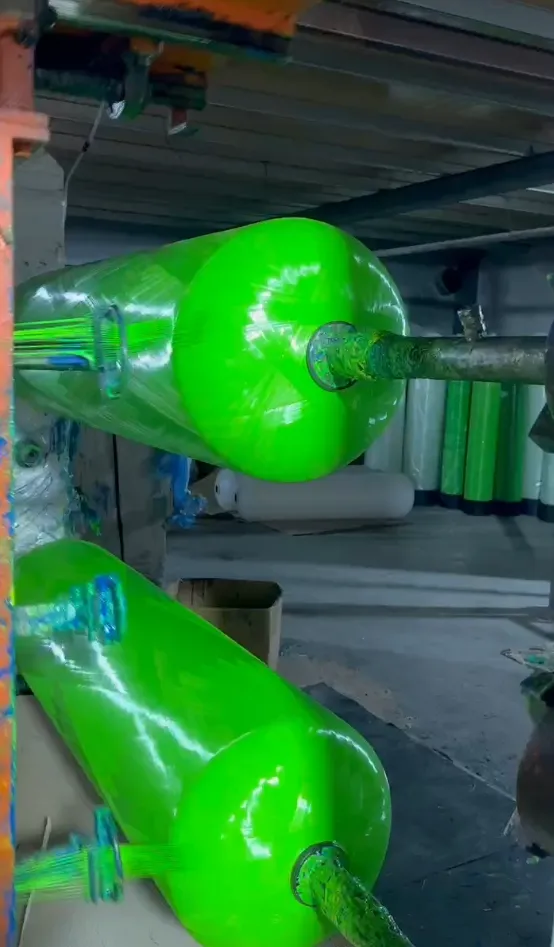loading...
- No. 9, Xingyuan South Street, Dongwaihuan Road, Zaoqiang County, Hengshui, Hebei, China
- admin@zjcomposites.com
- +86 15097380338
- Welcome to visit our website!
anti slip stair nosing
The Importance of Anti-Slip Stair Nosing for Safety and Design
Stairs are often a crucial element in both residential and commercial buildings, providing necessary access across different levels. However, they can also pose significant safety risks, particularly in high-traffic areas or where moisture is present. To mitigate these hazards, anti-slip stair nosings have emerged as an essential feature in stair design. This article explores the importance of anti-slip stair nosing, its benefits, applications, and considerations for installation.
What is Anti-Slip Stair Nosing?
Anti-slip stair nosing refers to a specially designed strip that is applied to the edge of stair treads. Made from various materials like metal, rubber, or PVC, these nosings usually feature textured surfaces that enhance grip. The main function of stair nosings is to provide additional safety by preventing slips and falls, which are common accidents associated with stair use.
Safety Benefits
The primary advantage of anti-slip stair nosing is its significant contribution to enhancing safety. According to studies, slips and falls are one of the leading causes of accidents in both residential and commercial settings. The textured surface of anti-slip nosing provides users with better traction, especially in areas prone to wetness or where spills frequently occur. By reducing the chances of slipping, property owners can help prevent serious injuries and associated liability claims.
Moreover, anti-slip nosings can improve visibility at the edges of stairs, which is particularly beneficial for the elderly, visually impaired individuals, and children. By using contrasting colors or reflective materials, these nosings can help distinguish stair edges, making them easier to identify and navigate.
Aesthetic Appeal
While safety is paramount, aesthetic considerations should not be overlooked. Anti-slip stair nosing comes in a variety of styles, colors, and finishes, allowing it to blend seamlessly with the surrounding decor. Whether it’s a modern office building or a traditional home, there is an option to suit every design preference. Customization enhances the overall appeal of the stairway, making it not only safer but also more attractive.
anti slip stair nosing

Versatility in Applications
Anti-slip stair nosing can be applied in a variety of settings, making it highly versatile. They are commonly used in residential homes, educational institutions, office buildings, shopping malls, and public transport stations. Each of these environments presents unique challenges when it comes to stair safety, and anti-slip stair nosing effectively addresses these issues.
In commercial environments where stairs frequently experience heavy foot traffic, the durability of the material is a crucial factor. Anti-slip nosings made from robust materials can withstand wear and tear, ensuring long-lasting safety. In contrast, softer materials might be better suited for residential applications where aesthetics might take precedence.
Installation Considerations
When installing anti-slip stair nosing, several factors should be taken into account. First, the type of material should align with the specific environment. For example, rubber nosings might be ideal for indoor stairs, while metal is often preferred for outdoor applications due to its durability and resistance to weather conditions.
Furthermore, proper measurement and installation are critical to maximize effectiveness. The nosing should extend sufficiently over the edge of the stair to provide adequate grip without creating a tripping hazard. It’s also advisable to follow manufacturer guidelines for installation to ensure optimal performance.
Conclusion
In conclusion, anti-slip stair nosing is a vital addition to stairways, serving to enhance safety while contributing to overall design aesthetics. By providing greater traction, increasing visibility, and reducing the risks of falls, these products play a crucial role in making buildings safer for all occupants. Whether for home renovations or commercial developments, the integration of high-quality anti-slip stair nosing should be a priority, ensuring that safety remains at the forefront of architectural design. As we continue to prioritize safety in our built environments, anti-slip stair nosing will undoubtedly remain an indispensable component.
-
The Rise of FRP Profiles: Strong, Lightweight, and Built to LastNewsJul.14,2025
-
SMC Panel Tanks: A Modern Water Storage Solution for All EnvironmentsNewsJul.14,2025
-
GRP Grating: A Modern Solution for Safe and Durable Access SystemsNewsJul.14,2025
-
Galvanized Steel Water Tanks: Durable, Reliable, and Ready for UseNewsJul.14,2025
-
FRP Mini Mesh Grating: The Safer, Smarter Flooring SolutionNewsJul.14,2025
-
Exploring FRP Vessels: Durable Solutions for Modern Fluid HandlingNewsJul.14,2025
-
GRP Structures: The Future of Lightweight, High-Performance EngineeringNewsJun.20,2025
